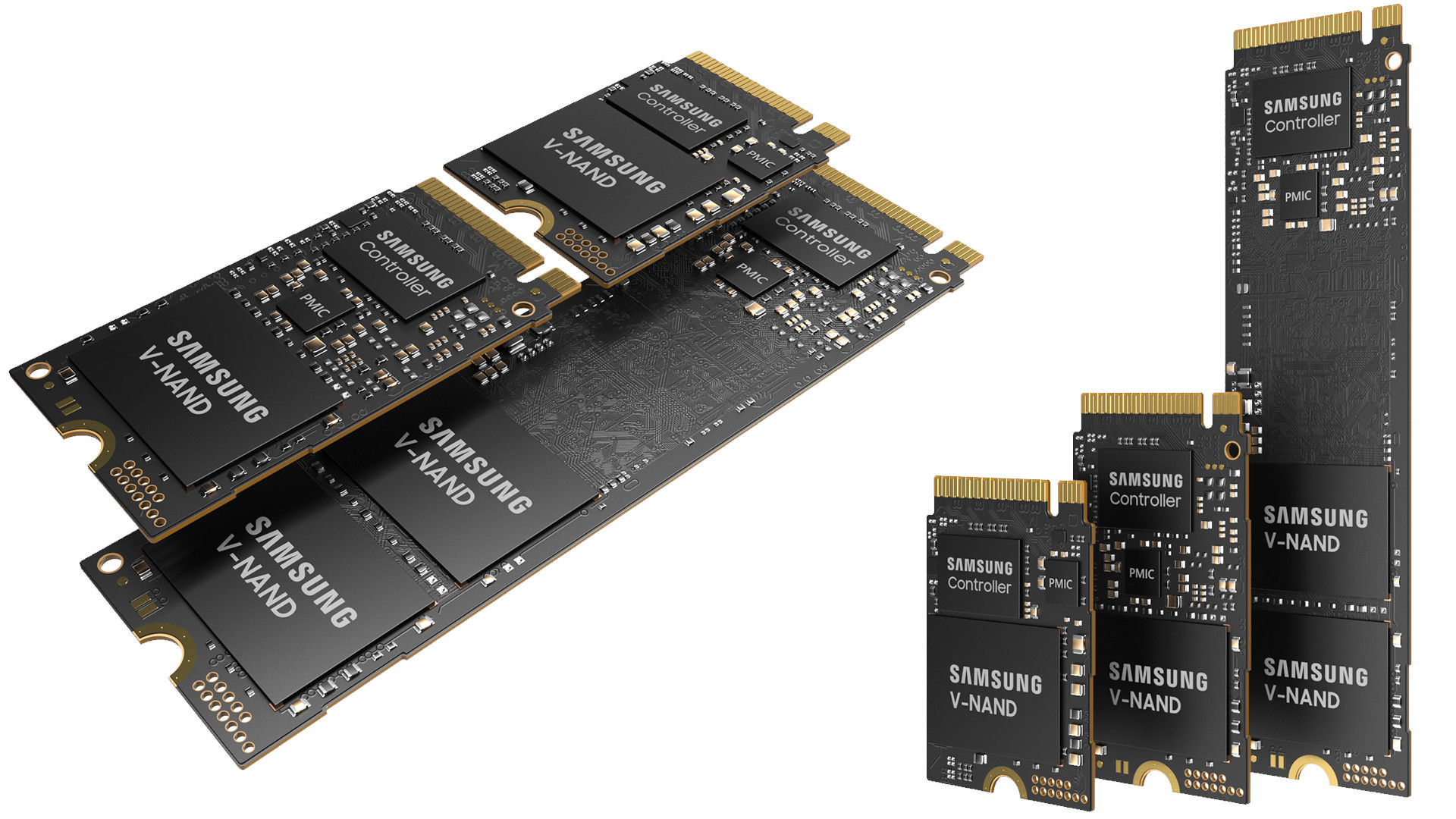Exclusive: Samsung wants to kill off hard drives with this 256TB SSD
Snippets of information have emerged in a press release but Samsung remains coy on further details

Samsung recently issued a press release as part of its Flash Memory Summit 2023 appearance containing some scant details of a 256TB SSD that the Korean Chaebol is working on - so here’s what we know.
Yong Ho Song, Corporate EVP of Memory Solution Product & Development at Samsung, announced, "the latest breakthrough of a 256TB SSD with an unprecedented level of integration density”. The SSD is QLC based and designed for hyperscalers and enterprises; absolutely no mention of the elephant in the room, PLC (Penta level Cell).
The press release says that “compared to stacking eight 32TB SSDs, one 256TB SSD consumes approximately seven times less power, despite storing the same amount of data”. A rather confusing statement that we’re still trying to decipher.
A QLC enterprise SSD would be a first for Samsung but not for the rest of the market. Solidigm’s excellent QLC-based D5-P5336 has proven that you can mix performance with capacity and low prices and I expect others - including Samsung - to follow.
A 256TB SSD could replace a dozen hard disk drives like the Exos X20 although hard drive vendors would want hyperscalers to wait for their 26TB and 30TB hard drives to come to the market first before the latter cast their votes. Time however is not on HDD manufacturer's side.
So what could it be?
Samsung has an 8th generation V-NAND with 236-layer and 1Tb capacity that was released in November 2022 and which the company claims had the highest bit density at the time. This is likely the part that’s being used; 256TB means that at least 500 1Tb (128GB) chips will be crammed into that SSD. There’s not many form factors that can accommodate that many parts especially as they will consume more power.
The 3.5-inch form factor (similar to the 100TB SSD from Nimbus Data) is a potential candidate as it allows straight-replacement for SATA/SAS based hard disk drives of the same size. On the other hand, more recent form factors would help futureproof the design: Enterprise and Data Center Standard Form Factor (EDSFF) such as E1.L and E3.L 2T can deliver up to 40W and 70W respectively and would be another pair of candidates.
Are you a pro? Subscribe to our newsletter
Sign up to the TechRadar Pro newsletter to get all the top news, opinion, features and guidance your business needs to succeed!
Samsung also mentions a 32TB SSD in the press statement but currently doesn’t produce any such products. It may be referring to the never-released 32TB SSD prototype it unveiled back in 2017. That particular model had 512 16Gb chips stacked in 16 layers to form a 1TB package and 32 such packages assembled to deliver the sticker storage capacity of 32TB in a tight 2.5-inch form factor.
The 8th generation V-NAND is exactly 8x the size of the 4th generation V-NAND (128Gb vs 16Gb) and assuming that Samsung can replicate its feat from seven years ago, 2.5-inch form factor seems to be the perfect size.
There’s one more reason that convinces me that this is what Samsung will use. Elsewhere in the press release, Samsung has committed to support the 2.5-inch standard by delivering a new PCIe 5.0 SSD, the PM9D3a, in this form factor but with a 7.68TB/15.36TB capacity.

Désiré has been musing and writing about technology during a career spanning four decades. He dabbled in website builders and web hosting when DHTML and frames were in vogue and started narrating about the impact of technology on society just before the start of the Y2K hysteria at the turn of the last millennium.